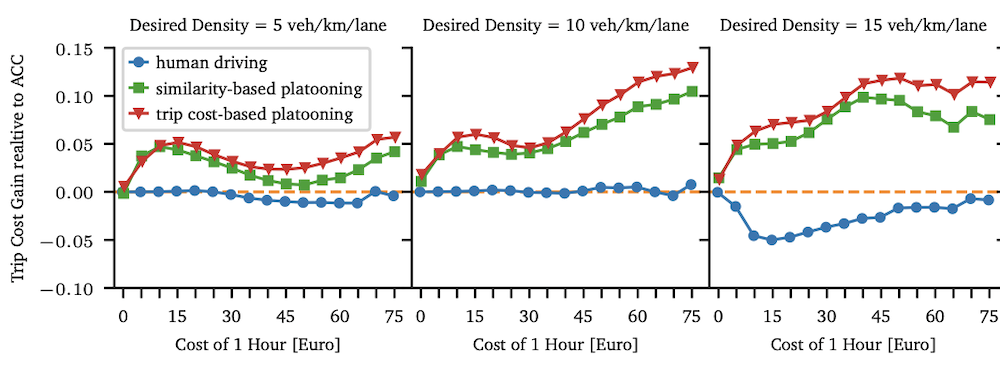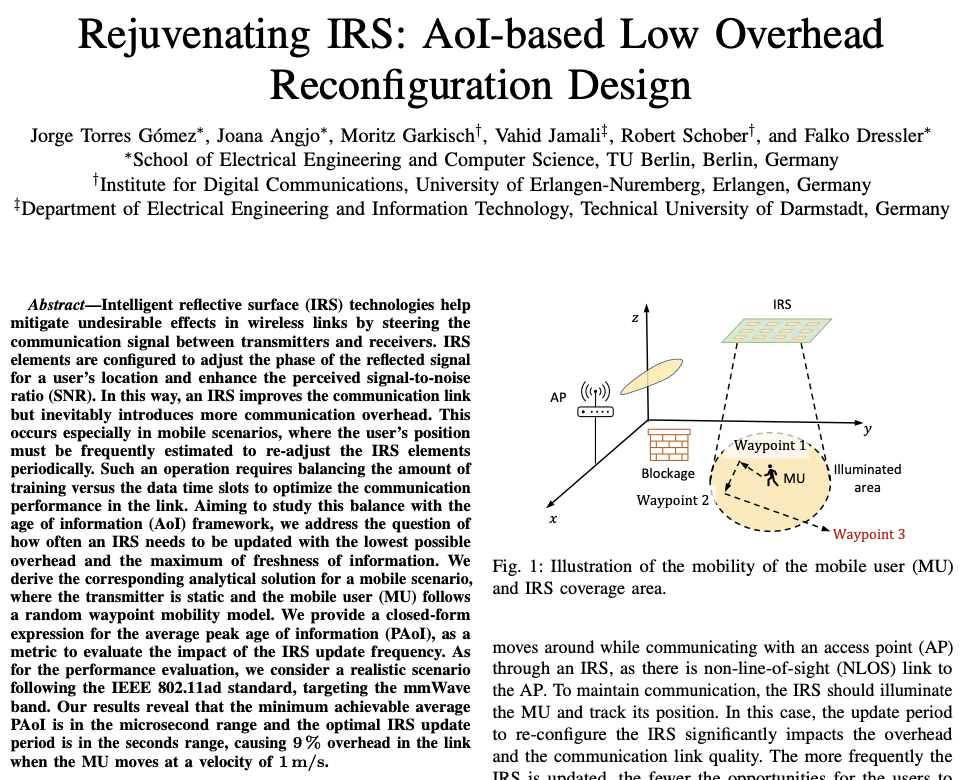Literature Database Entry
kosek-szott2022improving
Katarzyna Kosek-Szott, Szymon Szott and Falko Dressler, "Improving IEEE 802.11ax UORA Performance: Comparison of Reinforcement Learning and Heuristic Approaches," IEEE Access, vol. 10, pp. 120285–120295, November 2022.
Abstract
Machine learning (ML) has gained attention from the network research community because it can help solve difficult problems and potentially lead to groundbreaking achievements. In the Wi-Fi domain, ML is applied to solve challenges such as efficient channel access and fair coexistence with other technologies in unlicensed bands. In this paper, we address the performance of uplink orthogonal frequency division multiple random access (UORA) in IEEE 802.11ax networks. Optimization of UORA is a good case for applying ML because of its inherent complexity and dependence on situation and time-dependent parameters. In particular, we use deep reinforcement learning to tune UORA parameters. Our simulation results show that even though the ML-based solution leads to close to optimal results, its operation is comparable to a much simpler, non-ML heuristic. Therefore, we conclude that ML-based solutions to improve IEEE 802.11 performance need not exceed well-designed heuristics.
Quick access
Original Version ![]() (at publishers web site)
(at publishers web site)
Authors' Version ![]() (PDF on this web site)
(PDF on this web site)
BibTeX ![]()
Contact
Katarzyna Kosek-Szott
Szymon Szott
Falko Dressler
BibTeX reference
@article{kosek-szott2022improving,
author = {Kosek-Szott, Katarzyna and Szott, Szymon and Dressler, Falko},
doi = {10.1109/ACCESS.2022.3221423},
title = {{Improving IEEE 802.11ax UORA Performance: Comparison of Reinforcement Learning and Heuristic Approaches}},
pages = {120285--120295},
journal = {IEEE Access},
issn = {2169-3536},
publisher = {IEEE},
month = {11},
volume = {10},
year = {2022},
}
Copyright notice
Links to final or draft versions of papers are presented here to ensure timely dissemination of scholarly and technical work. Copyright and all rights therein are retained by authors or by other copyright holders. All persons copying this information are expected to adhere to the terms and constraints invoked by each author's copyright. In most cases, these works may not be reposted or distributed for commercial purposes without the explicit permission of the copyright holder.
The following applies to all papers listed above that have IEEE copyrights: Personal use of this material is permitted. However, permission to reprint/republish this material for advertising or promotional purposes or for creating new collective works for resale or redistribution to servers or lists, or to reuse any copyrighted component of this work in other works must be obtained from the IEEE.
The following applies to all papers listed above that are in submission to IEEE conference/workshop proceedings or journals: This work has been submitted to the IEEE for possible publication. Copyright may be transferred without notice, after which this version may no longer be accessible.
The following applies to all papers listed above that have ACM copyrights: ACM COPYRIGHT NOTICE. Permission to make digital or hard copies of part or all of this work for personal or classroom use is granted without fee provided that copies are not made or distributed for profit or commercial advantage and that copies bear this notice and the full citation on the first page. Copyrights for components of this work owned by others than ACM must be honored. Abstracting with credit is permitted. To copy otherwise, to republish, to post on servers, or to redistribute to lists, requires prior specific permission and/or a fee. Request permissions from Publications Dept., ACM, Inc., fax +1 (212) 869-0481, or permissions@acm.org.
The following applies to all SpringerLink papers listed above that have Springer Science+Business Media copyrights: The original publication is available at www.springerlink.com.
This page was automatically generated using BibDB and bib2web.








